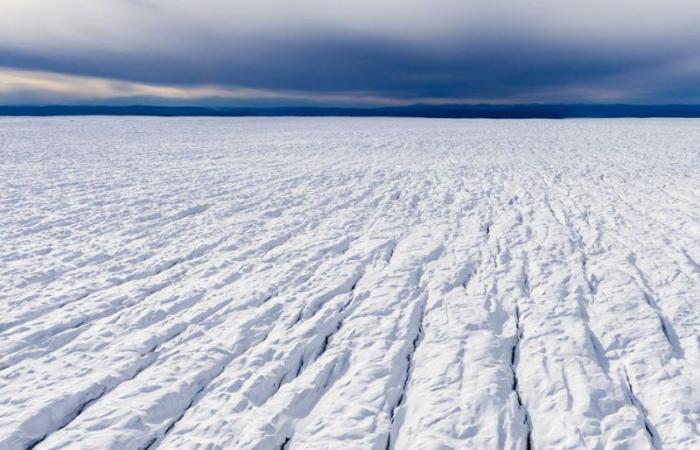Every summer, giant viruses wake up on the Greenland ice sheet, and while it sounds like the perfect preamble to a horror movie, these viruses aren’t an ancient disease (or a long-frozen alien, if you’re especially creative). ) ready to devastate the world. On the contrary, they could be a powerful natural ally against the rampant melting of the Arctic.
In a new study, published in the journal Microbiomescientists from Aarhus University (Denmark) detail the presence of giant viruses – specifically from the supergroup of large nucleocytoplasmic DNA viruses (NCLDV) (phylum Nucleocytoviricota) – that exist throughout the Greenland ice sheet.
Living up to their name, these viruses are big…at least relatively. Although they cannot be seen with the naked eye, they are larger than most bacteria, at about 2.5 micrometers. At that size, giant viruses are about 125 times larger than a normal virus. And that description of “giants” is not limited only to their size: these viruses also have about 2.5 million letters in their genome. Bacteria, by comparison, typically have only between 150,000 and 200,000.
More important than the size of these viruses, however, is their appetite, as they tend to infect algae whose blooms blacken parts of the Greenland ice sheet in the summer months. These blackened areas decrease the ice’s ability to reflect sunlight, aggravating melting.
“We don’t know much about viruses, but I think they could be useful in alleviating melting ice caused by algae blooms,” Laura Perini, a postdoctoral student and co-author of the study, said in a statement. “We still don’t know how specific they are and how effective they would be. But by exploring them further, we hope to answer some of those questions.”
Scientists have only known about giant viruses for about 40 years: the first specimens were discovered in the ocean in 1981. Since then, they have been found in various environments (including the human body), but have never before been identified or studied in a ice cap. Perini claims that he has not yet seen the viruses under a microscope, but he knows they are in the ice sheet because he has analyzed all the DNA in the samples and found sequences that belong to giant viruses.
Knowledge of this giant algae-fighting virus comes at a crucial time, as evidence shows the Arctic has been warming four times faster than other parts of the world. Discovering natural ways to combat that warming could be beneficial in slowing the melting of ice as the world warms. For now, Perini and his team will continue investigating these giant viruses and trying to understand the roles they play in their not-so-arid icy environment.
“We cannot relate exactly which hosts the giant viruses infect. It is possible that some infect protists, while others attack snow algae. We cannot be sure yet,” Perini says in a press release. “We continue to study giant viruses to learn more about their interactions and what exactly their role is in the ecosystem.”
Darren lives in Portland, has a cat, and writes/edits about sci-fi and how our world works. You can find his previous stuff from him at Gizmodo and Paste if you look hard enough.







